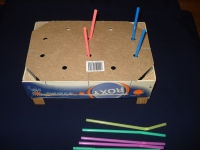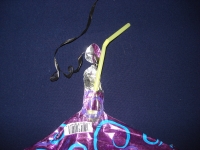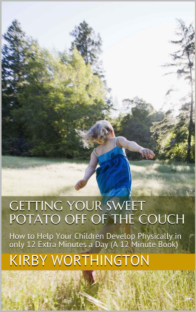The most common use of fine motor muscles today may be learning to use a keyboard which is a wonderful skill to have but has the touchscreen surpassed that, or voice commands? We urge you to not forget to work on the development of finger and hand muscles in your wee ones. There is a fine motor progression we will follow to give you a better idea of how to work your way into this.
In all of these activities, it is important for the adult to participate with the child in the activity before letting them do it on their own while the adult is involved in something else nearby.
At around the age of six months or as soon as they can sit up, sit them next to the drawer where the plasticware is kept and let them take everything out and put it back in again. This will speed up the myelination (development of their nerves) of their arms, hands, fingers. They will be wobbly at first but progress to becoming on target. The next step could be to introduce a shape sorter toy.



